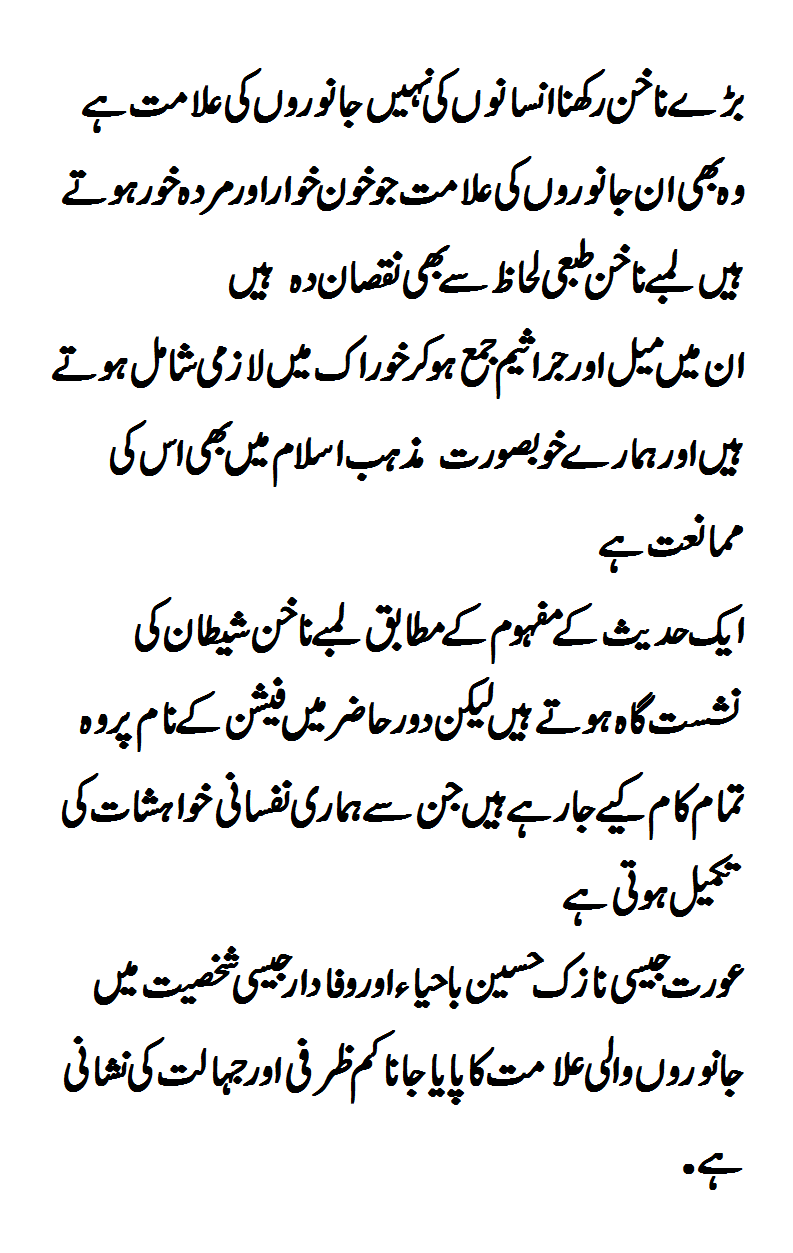Paws and claws: Many experts believe fingernails and toenails have evolutionary similarities to these structures.
Since fingernails must have more of a purpose than for creating cool manicure styles, this article will take a look at why we have fingernails and toenails — and the clues they give us about overall health.
According to an anthropology professor at the University of Wisconsin-Madison, fingernails are present in all primates, including humans, monkeys, and apes, to support our fingertips.
When taking proportions into account, our fingertips are wider on average than those of most other primates.
Fingernails play several important roles in the body that may provide a sign as to why we have them. These include:
- Strengthening. The hard, outer covering on the tips of the fingernails makes the fingertips one of the strongest parts of the hand. This makes performing everyday tasks, including gripping, less risky. The fingernails have many small blood vessels to supply them, and can maintain their blood flow even when you’re gripping something very tightly.
- Protection. Having a fingernail covering can prevent viruses and bacteria from entering the body. If a person’s nail bed is disrupted, they may be more at risk for nail infections.
- Enhancing fine motor movements. The fingernails enhance your ability to scratch and separate, such as pages in a book or hairs on your head. A person can also use their fingernails to pick up items.
- Sensation. While you may not think of the nails as being as sensitive as your fingertips, there’s an intricate network of nerves underneath the nail.

While a person doesn’t have to have fingernails to survive, they can certainly help with many tasks.
Can you imagine if your fingertips tried to roll backward when you held something? The strength and existence of fingernails helps keep this from happening (thank goodness!).